What is fasting?
Fasting is the willful refrainment from eating. In a physiological context, fasting may refer to the metabolic status of a person who has not eaten overnight, or to the metabolic state achieved after complete digestion and absorption of a meal. Several metabolic adjustments occur during fasting.
What is metabolic rate?
Basal metabolic rate is the number of calories your body needs to accomplish its most basic (basal) life-sustaining functions.
What is Metabolism?
Metabolism is the set of life-sustaining chemical reactions in organisms. The three main purposes of metabolism are:
- The conversion of food to energy to run cellular processes;
- The conversion of food/fuel to building blocks for proteins, lipids, nucleic acids, and some carbohydrates; and
- The elimination of metabolic wastes. These enzyme-catalyzed reactions allow organisms to grow and reproduce, maintain their structures, and respond to their environments.
What are the benefits of fasting?
- Promotes Blood Sugar Control by Reducing Insulin Resistance
- Promotes Better Health by Fighting Inflammation
- May Enhance Heart Health by Improving Blood Pressure, Triglycerides and Cholesterol Levels
- May Boost Brain Function and Prevent Neurodegenerative Disorders
- Aids Weight Loss by Limiting Calorie Intake and Boosting Metabolism
- Increases Growth Hormone Secretion, Which Is Vital for Growth, Metabolism, Weight Loss and Muscle Strength
- Could Delay Aging and Extend Longevity
- May Aid in Cancer Prevention and Increase the Effectiveness of Chemotherapy
What are the types and procedures of fasting?
Hindu Fasting
As in many religions, fasting is also practised in Hinduism. In the Hindu religion, fasting is not an obligation, but a moral and spiritual act where the aim is to purify the body and mind and acquire divine grace. Hinduism is marked by several periods of fasting. The most commonly-observed fast, Ekadashi, is respected approximately twice a month, on the eleventh day of each ascending and descending moon. One of the most popular fasting in india which is Navratri Fasting which is done for 9 days.
Daniel Fasting
The Daniel Fast is essentially a vegan diet. The fast is a whole foods, plant-based diet, emphasizing consumption of foods in their least processed form. Here’s what’s allowed on the menu: Fruit, Vegetables, Whole Grains, Legumes, Nuts & Seeds, High-Quality Oils, Herbs & Spices.
Jainism Fasting
Fasting is very common among Jains and as a part of festivals. Most Jains fast at special times such as birthdays, anniversaries, during festivals, and on holy days. Paryushan is the most prominent festival, lasting eight days in Svetambara Jain tradition and ten days in Digambar Jain tradition during the monsoon. More https://en.wikipedia.org/wiki/Fasting_in_Jainism
Intermittent Fasting
Intake is partially or completely restricted for a few hours up to a few days at a time and a normal diet is resumed on other days. Intermittent fasting is an eating method that cycles between calorie restriction — or fasting — and normal food consumption during a specific time period.
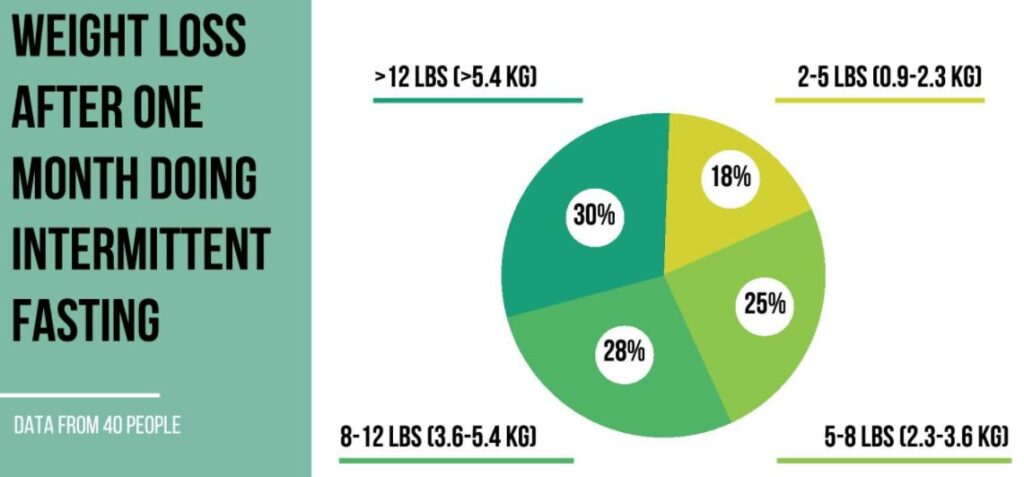
keto diet Fasting
The ketogenic (keto) diet is a high-fat, very low-carb way of eating. Carbs are typically reduced to 20 to 50 grams per day, which forces your body to rely on fats instead of glucose for its main energy source.
In the metabolic process known as ketosis, your body breaks down fats to form substances called ketones that serve as an alternate fuel source
Ketosis is a natural state of the metabolic process. When a person has reached ketosis, their body is burning stored fat instead of glucose. As the body breaks fat down, acids called ketones begin to build up in the blood. These ketones then leave the body in the urine. The presence of ketones in the blood and urine indicates that a person has entered ketosis. Ketosis can help a person lose unwanted fat, as the body starts to break down their fat stores instead of relying on carbohydrates for energy.
Important to get into ketosis for Effective keto diet
- Increasing physical activity
- Significantly reducing carbohydrate intake
- Fasting for short periods
- Increasing healthful fat intake
- Testing ketone levels
- Protein intake
- Consuming more coconut oil
Juice fasting
Entails only drinking vegetable or fruit juice for a certain period. A juice cleanse is a trendy detox diet that involves consuming vegetable and fruit juice for a short period of time, such as one to three days. It is also known as a juice fast.
Water fasting
Involves drinking only water for a set amount of time. Water fasting is a type of fast that restricts everything except water. It has become more popular in recent years as a quick way to lose weight.
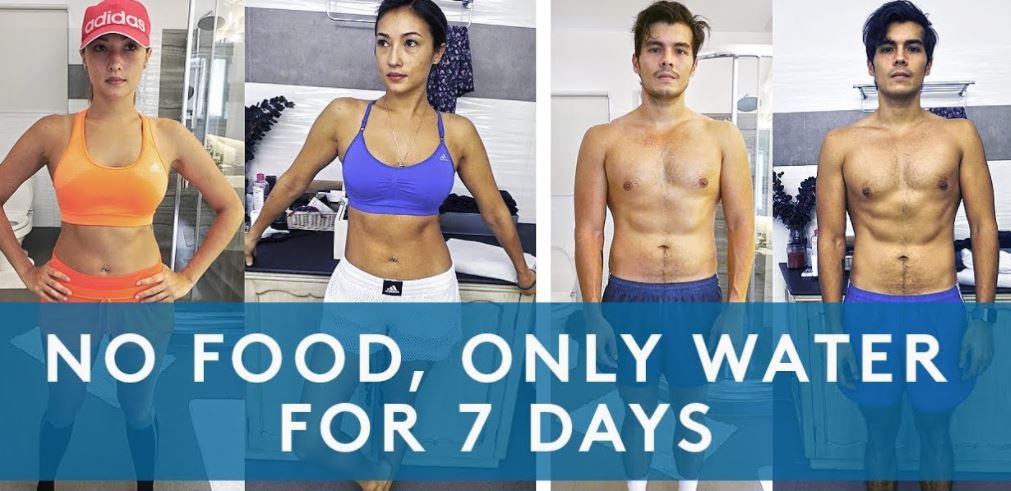
Dry fasting
Dry fasting, or absolute fasting, restricts both food and liquid. It doesn’t allow any fluids, including water, broth, and tea. This is different from most fasts, which encourage water intake.
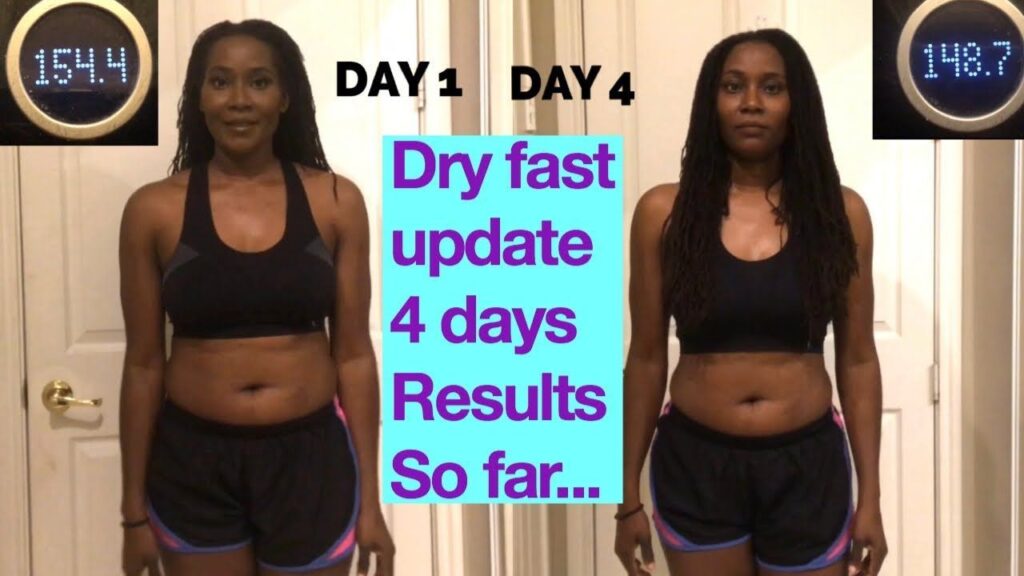
Popular Ways to Do Intermittent Fasting
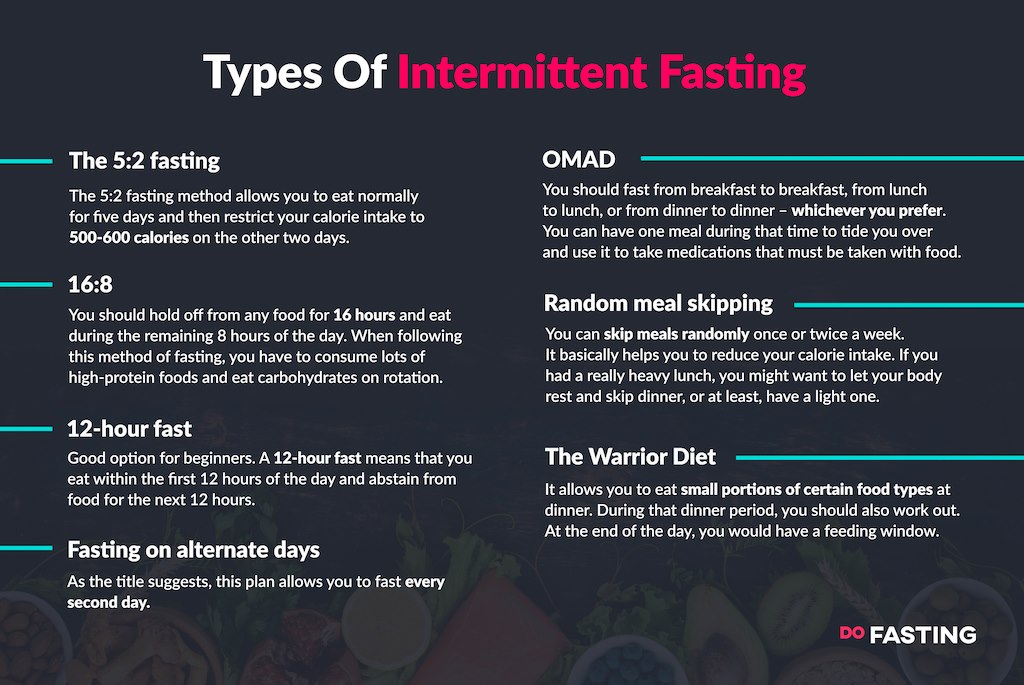
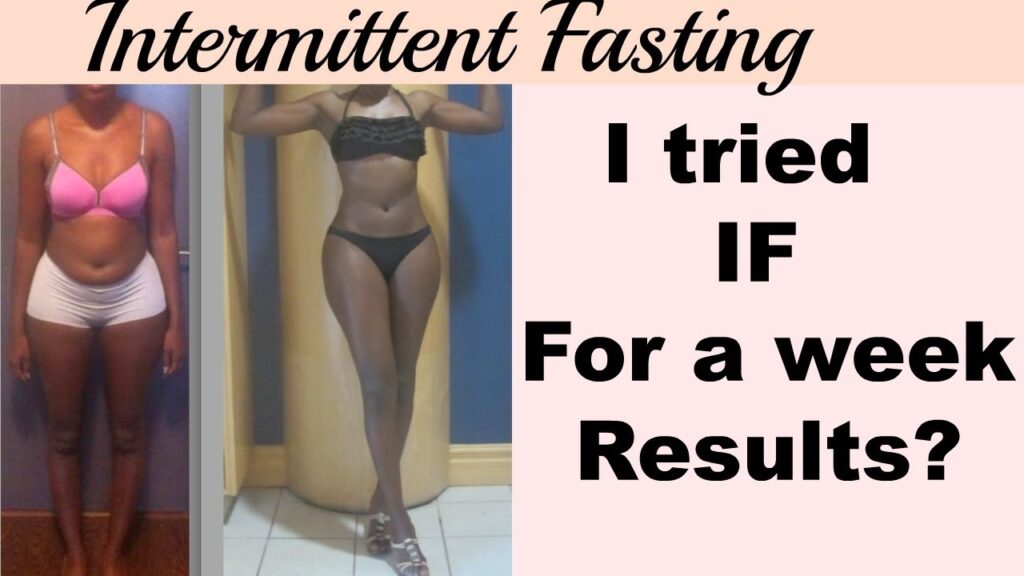
The 16/8 method – Fasting for 16 hours a day
- This is an intermittent fasting diet where you limit eating to a single eight-hour window every day, typically between noon and 8 p.m.
- For best results, limit carbs to dinner, and stay hydrated throughout the day with plenty of water.
- After adapting to a 16-hour fast, try an 18-hour fast with a six-hour eating window to get even more out of intermittent fasting.
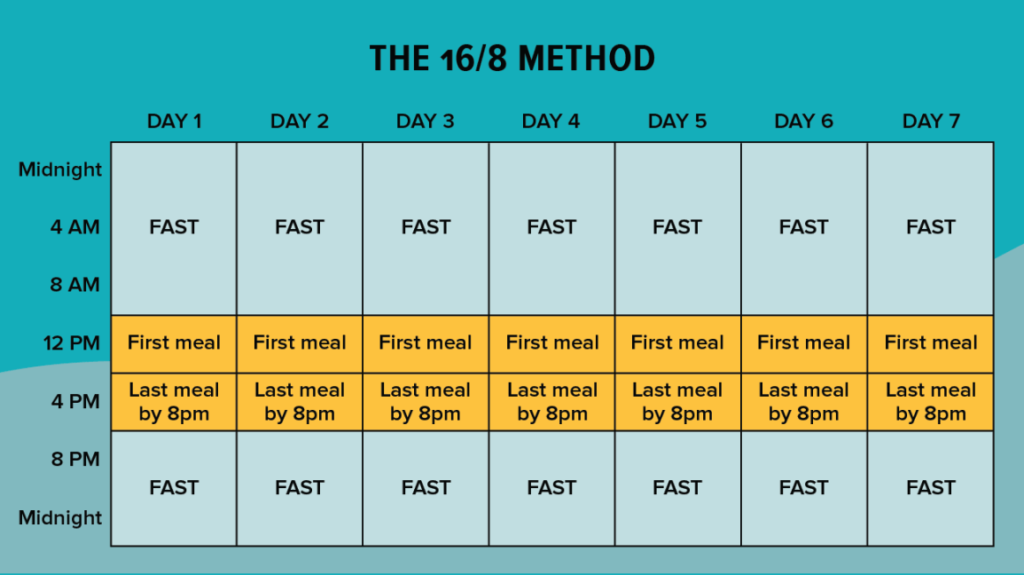
5:2 FASTING DIET
- Eat as usual for five days per week. Two days a week, limit calories to 500-600 maximum.
- Enjoy three small meals or two slightly bigger meals during calorie-restricted days.
- To feel less hungry, space your fasting days between eating days.
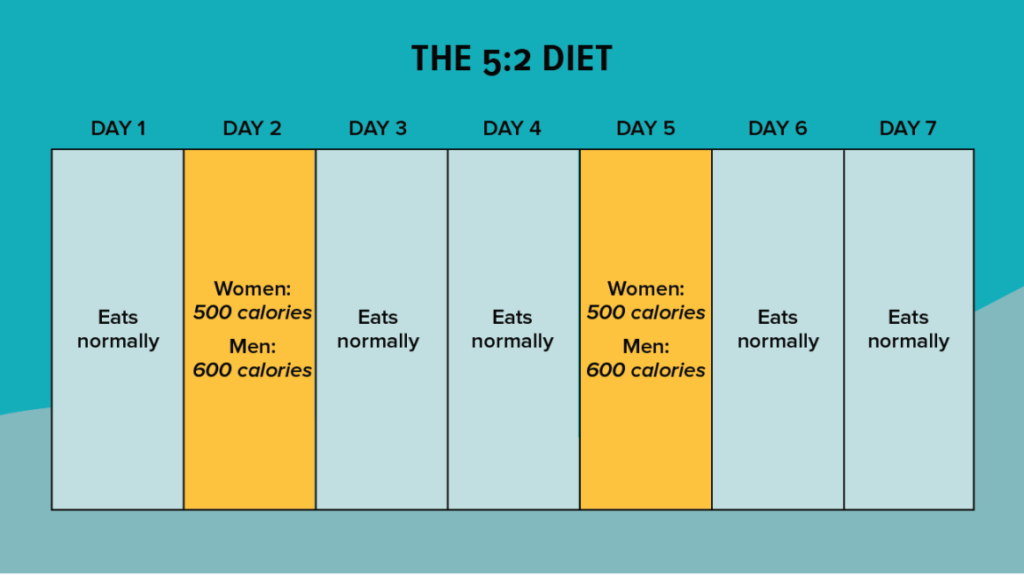
4:3 FASTING DIET (AKA ALTERNATE DAY FASTING) – Alternate-day fasting
- Fast every other day, and eat what you want during non-fasting days.
- On fasting days, limit yourself to 500 calories.
- Eat as much as you want on non-fasting days.
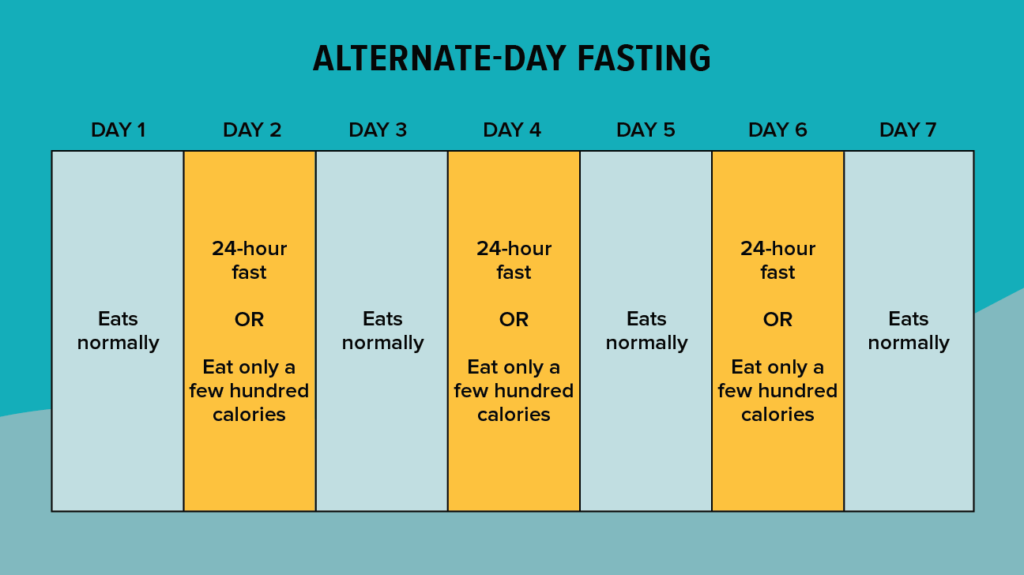
THE WARRIOR DIET – The Warrior Fasting
- Fast or eat less than you normally eat over a 20-hour window, then eat one large meal during a four-hour evening window.
- Minimal eating window may include raw produce like berries or leafy greens (in unlimited amounts), – zero-calorie fluids like green tea and even small amounts of protein like poached eggs.
- Eat wholesome, organic, high-nutrient foods during the evening meal.
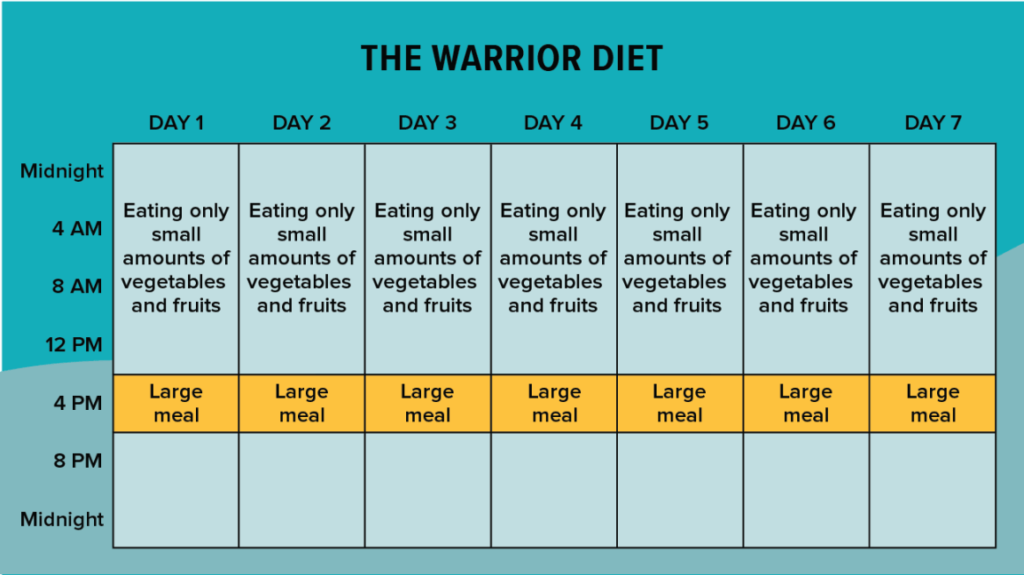
ONE MEAL A DAY (OMAD)
- Fast for 23 hours and eat your daily calories during a one-hour window.
- To allow enough time to eat socially and still digest before bedtime, consider eating between 4-7 p.m. every day.
- When you do eat, have a balanced and nutritious meal … not a giant pizza.
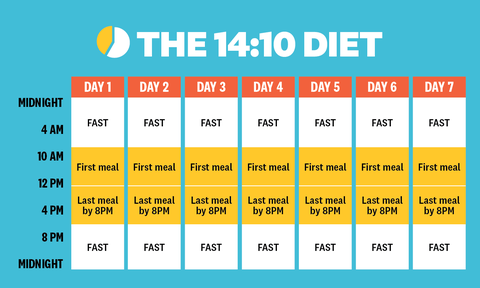
Spontaneous meal skipping
- Skip meals when you don’t feel hungry.
- When you do eat, follow your normal diet.
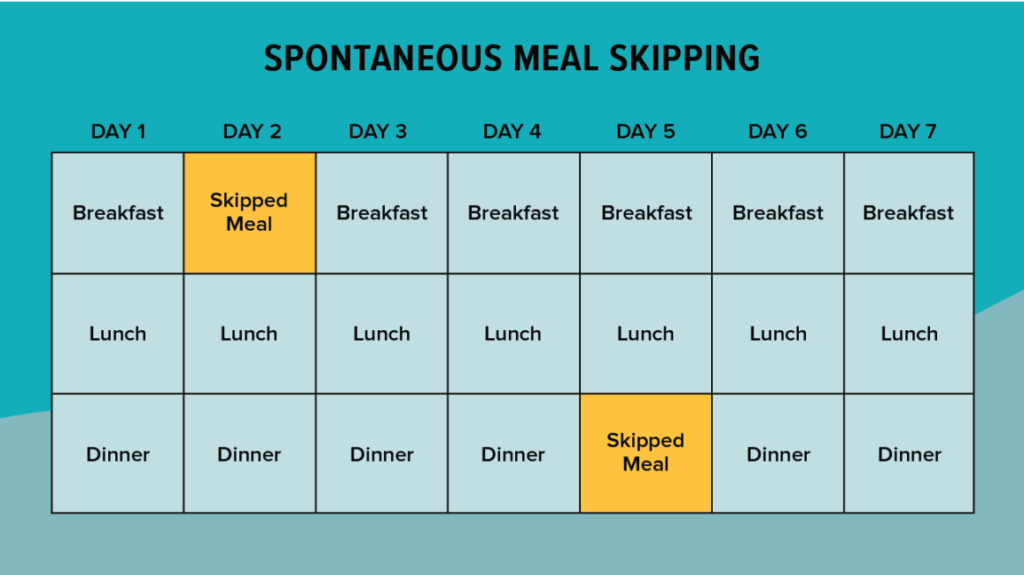
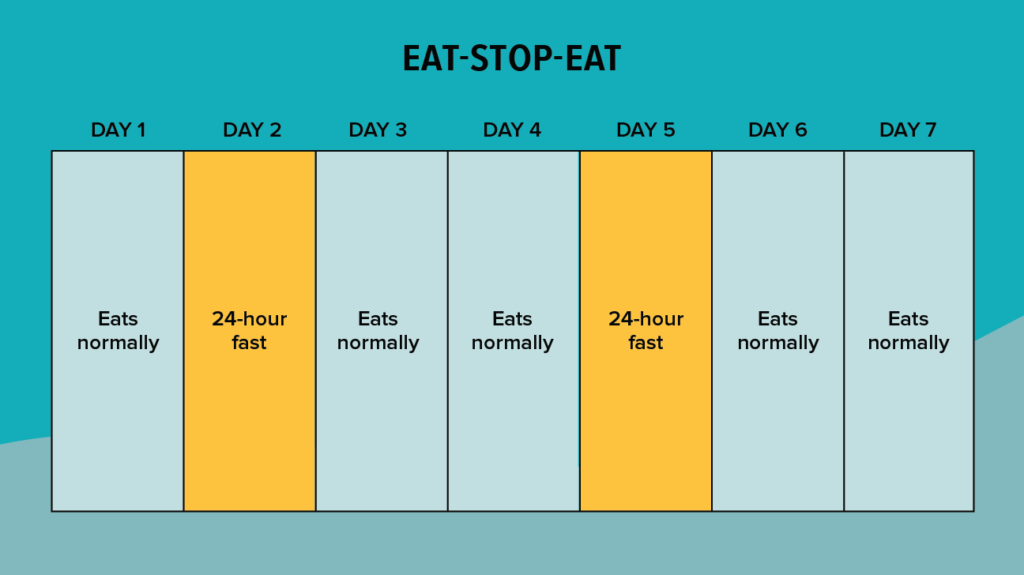
Combine Intermittent Fasting with Keto Diet
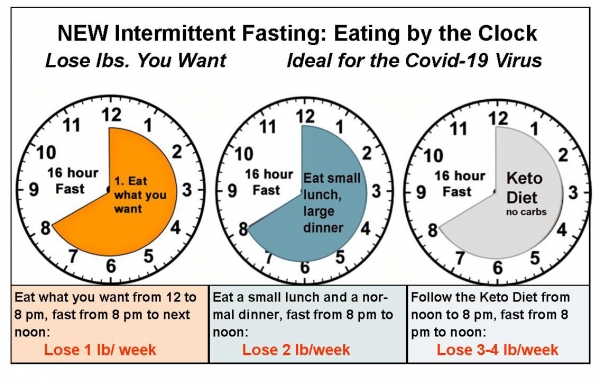
Difference between different kinds of fasting
keto diet vs low carb diet
Therefore, a low carb diet is likely a better option for most people. That said, it’s important to consult your healthcare provider before starting any diet to reduce your risk of complications. While both diets limit carbs to varying degrees, the keto diet is more restrictive.
keto diet vs paleo diet
The ketogenic (keto) diet focuses on eating a particular balance of macronutrients. The goal is to enter a state of ketosis, where the body begins to burn fat for health or weight loss. The Paleolithic (paleo) diet focuses on eating foods that humans would have eaten in the Stone Age.
keto diet vs low fat diet
Most research suggests that low carb diets may be more effective for short-term weight loss than low fat diets ( 3 , 4 ). According to an older, 6-month study in 132 people with obesity, those who followed a low carb diet lost over 3 times as much weight as those who followed a low fat, calorie-restricted diet (5).
keto diet vs high protein diet.
Low-carb dieters can go high–protein or high-fat. Either way, weight loss will happen, new research shows.
keto diet vs intermittent fasting
The bottom line is that either of these diets will effectively help you lose weight. In the short term, if the diet chosen isn’t ‘perfectly’ balanced, there’s probably no harm done. However, in the long-term, the key is to make sure these diets are planned properly so you get all the nutrients you require for your individual health profile and so you can sustain the dietary regime long-term.
intermittent fasting vs water fasting
Unlike how intermittent fasting usually goes where one avoids food but drinks as much water as one needs, dry fasting entails foregoing food and water for an extended period of time in order to make the body gain it’s energy from toxins present in the body.
intermittent fasting vs keto diet
Intermittent fasting may help your body reach ketosis quicker than the keto diet alone. That’s because your body, when fasting, maintains its energy balance by shifting its fuel source from carbs to fats — the exact premise of the keto diet
intermittent fasting vs warrior diet
There’s no shortage of options when it comes to weight loss, but one of the latest to bubble up (although it’s not actually new) is the Warrior Diet, which involves a rather extreme form of intermittent fasting. Here’s a summary of how the diet works, the potential pros and cons, and my bottom-line advice as a registered dietitian who has helped my many clients shed pounds over the past two decades.
Reference
- My daily log of a journey of losing 20 KG weight in 3 months
- Tipping the scales: Keto diet, fasting and group helped man
- Weight loss tips: How to combine intermittent fasting
- Intermittent fasting: An accessible alternative to
- How Keto and Intermittent Fasting Combined Helped This
- Woman loses 100 pounds in 1 year, thanks to keto diet and